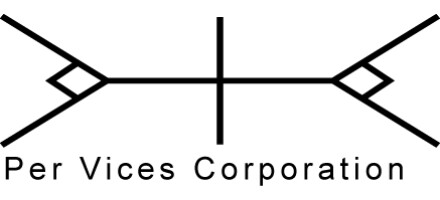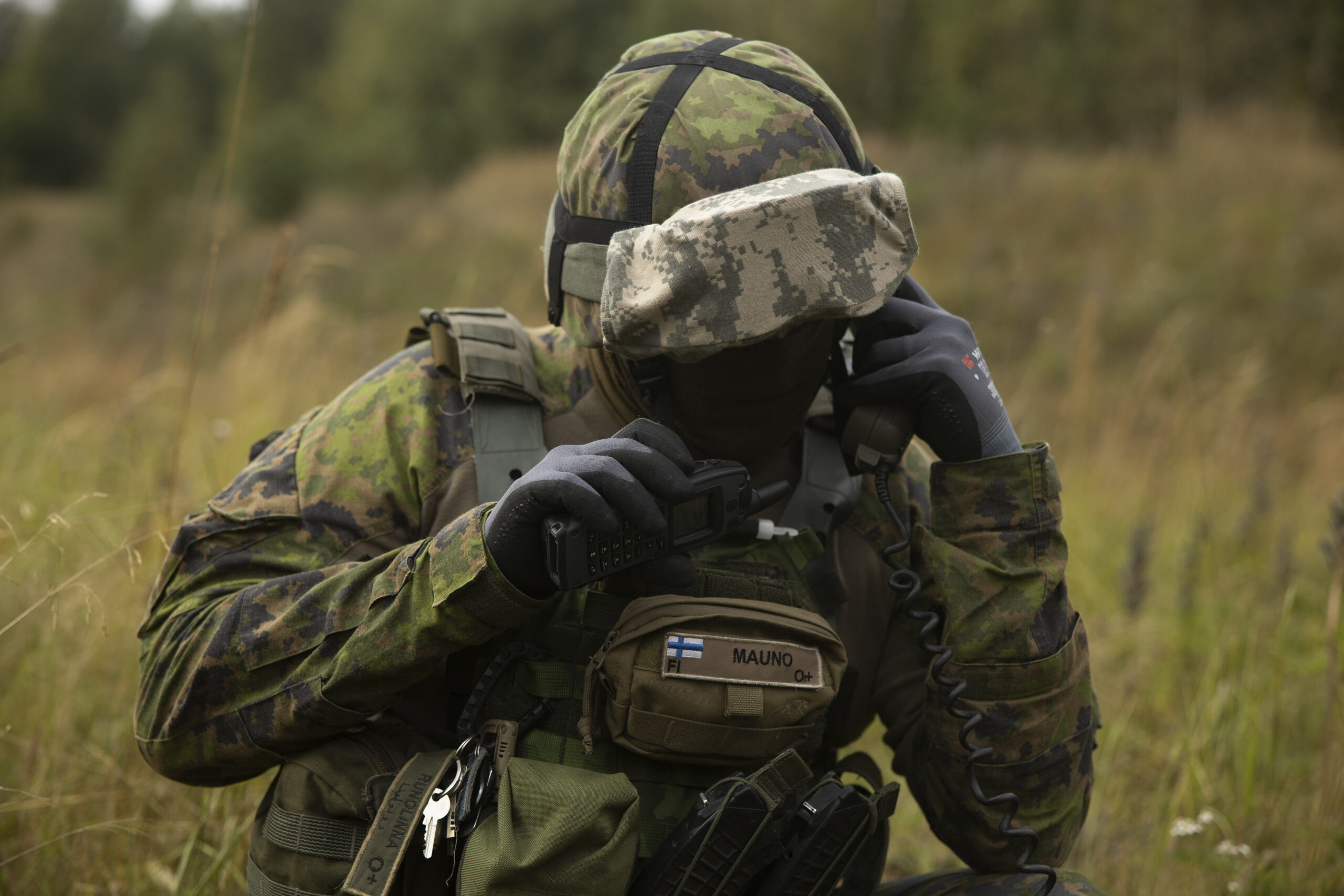Software-defined radio is key to seamless and effective military communication
History
07 October 2015
To be ready for modern warfare, military communications on the battlefield must be interoperable, adaptable and rapid. Software Defined Radio (SDR) is the solution that makes seamless battlefield communication possible.
The needs of military radio evolved after basic voice and data communication; now the warfighter requires communication that uses several different frequencies and implements several different protocols. Read also : Live asset tracking for mobile military operations. SDR has evolved significantly over the years and is able to cater to these specific needs.
In addition, SDRs can be used not only for standard two-way communication, but can also act as communication relays (allowing different wireless devices to communicate with each other), offer secure wireless nodes, engage with a number of different devices simultaneously and provide point-to-point wireless connections with very low latency.
What is Software Defined Radio?
SDR can be defined as a wireless communication device where the functionality of the receiver and transmitter is changed or modified by software without making physical changes to the hardware. It was essentially developed with the idea of software replacing radio tuners and filters. This structure in turn eliminates the need to use resistors and capacitors because software-based filtering algorithms can be used to select specific frequencies. Such a setup still requires a sufficiently flexible hardware platform; today’s designs ensure that all devices include this feature.
Although there are different architectures implemented for different SDRs, one highly efficient design separates signals from the high-frequency and low-frequency bands (baseband). Figure 1 outlines the architecture and steps through the acquisition chain. The signal is first picked up by the antenna; the analog signal is fed through an RF switch based on the frequency of the signal being sampled. The high band is reserved for signals greater than a certain threshold, while the low band is reserved for signals lower than the threshold. Within the respective RF circuits (high and low), the analog signal is filtered and split into “I” and “Q” channels for advanced signal processing on an FPGA or other processor. The high band offers a low noise amplifier (LNA) for weaker signals plus a frequency mixer for the desired intermediate frequencies before signal processing. The low band offers a varactor circuit for fine tuning the delay between the “I” and “Q” channels. An analog-to-digital (ADC) driver is common between the two bands (high and low) before the ADC. The ADC will send the data to the DSP circuit within the FPGA using a serial interface.
Figure 1: Obtaining an architecture separating high band and low band.
(Click on graphic to enlarge by 1.8x)
|
|
On the software side, algorithms can be downloaded and adapted throughout the life of the radio hardware. This capability makes SDR flexible and ideal for military and defense applications. Today’s SDR is capable of more than data and voice transmission, and its popularity is due to the ability to implement new functionality on the device through software. Before SDR entered the market, all functions such as encoding/decoding and modulation/demodulation were hardwired. This situation has since changed, however, and tasks such as migration, frequency changes, and modulation schemes can be accomplished simply by modifying the software.
SDR in military communication
In times of conflict, military communications greatly depend on adaptability, clarity, interoperability, precision and speed. Deficiencies in any aspect of military communications can have dire consequences. As a result, SDRs have grown to have a significant impact on security mechanisms, as the device not only provides standard two-way communication, but also offers secure wireless nodes, engages with a number of different devices simultaneously, and provides a very low point of wireless latency. point-to-point connections. In addition, the SDR can also act as a communication repeater.
Today, the defense industry is currently engaged in surveillance and communication activities on several different frequencies (HF, UHF and VHF). They also work with several different protocols (Bluetooth, CDMA, GSM, LTE and WiFi). Traditional equipment offers military personnel the ability to tune to only one of the preferred frequencies and support only one protocol. With SDR, however, those on the battlefield can monitor and communicate across much of the spectrum while supporting multiple protocols.
Not all SRTs are the same, so it is important to highlight some of the important features of SRTs that enable most applications. The key features, their brief description and their relation to the end applications are highlighted in Table 1 (on the next page).
Table 1: Key specifications of software defined radios and related applications
(Click on graphic to enlarge by 1.9x)
|
|
SDRs are very portable
The weight carried by soldiers has always been an issue as it can affect how quickly military personnel can move on the ground. As a result, the military has always looked for ways to make equipment lighter and more portable. In the past, soldiers had to carry multiple radios on the front line, which could hinder their movements and capabilities. SDR has been able to reduce size, weight and power (SwaP) for those in combat because it is a single device that replaces multiple radios. This portability is one of the reasons the defense-industrial complex has increased its spending to get new radios developed for the military that are based on SDR.
The future of military SDRs
SDR has come a long way since the early days when process technology limited the amount of processing and therefore the capabilities of SDR. Currently, SDRs are network control devices and communications repeaters, but in the future, experts predict that SDRs will also act as:
- Biological weapons detector
- Chemical detector
- Nuclear detector
- Cartographer of the area
- Situational Awareness Tool
- Tool to offer support availability data
- A tool with the ability to rapidly deliver an airstrike
With the introduction of SDR, the need for a new military communications standard was clear. Field communication devices had to be adaptable, clear, interoperable, fast, portable and lightweight to ensure seamless and effective communication. In the future, SDR is expected to be expanded into cognitive radios that can survey the area, select the best frequencies, determine and engage in electronic warfare, and create an ad hoc network on the fly for clear communication.
One platform for SDR technology is the Per Vices Crimson SDR (Figure 2). It operates from DC to 6 GHz with over 1 GHz of RF bandwidth spread across four independent circuits (each circuit offers 322 MHz of bandwidth). Crimson supports the most common communication frequency ranges: 700 MHz to 950 MHz and 1.7 GHz to 2.6 GHz, while providing an architecture to cleanly sample a signal and/or provide a low-latency connection.
Figure 2: The Crimson SDR has four independent receive and four independent transmit circuits, each capable of carrying 322 MHz of RF bandwidth up to 6 GHz.
(Click on graphic to enlarge by 1.9x)
|
|
Stephanie Chiao is a product marketing manager at Per Vices Corporation, where she is responsible for marketing strategy, technical promotion and media relations. She brings over eight years of consumer and enterprise marketing experience and has worked with brands including Microsoft, Rogers Wireless and Torstar Corporation. She holds a Bachelor of Business Administration with Honors from the Schulich School of Business in Toronto. She can be reached at [email protected].
According to Vices Corporation www.pervices.com







Comments are closed.